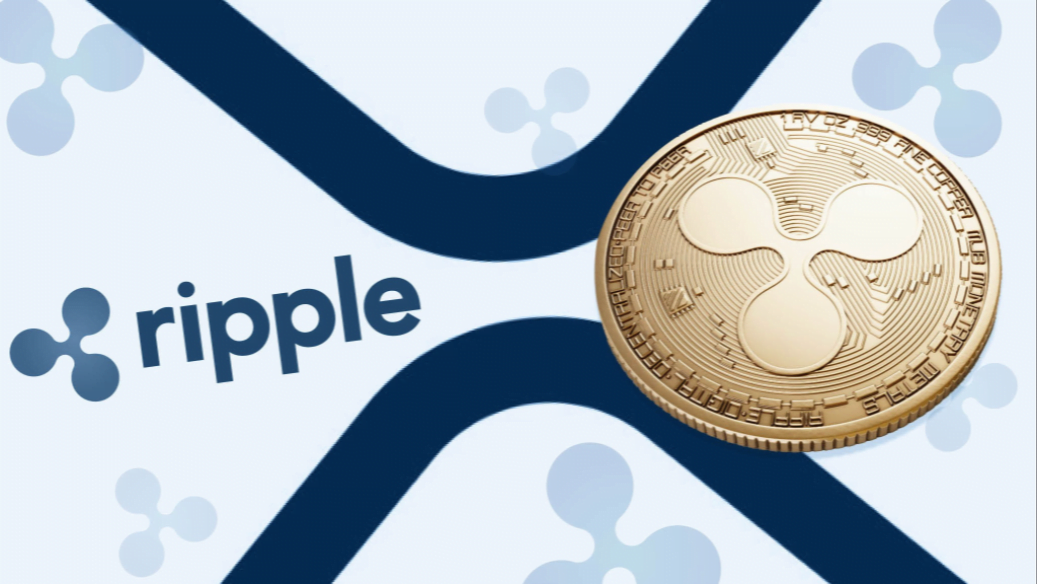- The cross-border payment industry is predicted to have a valuation of $250 trillion by 2027 as Ripple and others battle for dominance.
- Hedera, Swift, Stellar, and FedNow are racing to have a lion’s share of the expected valuation.
The cross-border payment industry is on an upward surge with the expectation that it will record $250 trillion by 2027. Interestingly, several payment providers including Ripple, Hedera, SWIFT, and FedNow are battling for a lion’s share in this valuation, but the success would depend on consumers. According to a survey that took the inputs of 4000 consumers and SME participants, banks are preferred due to security and confidence in their operation. However, factors such as speed, ease of use, and transparency have been the main requirements for those who prefer “outside bank” operations.
Swift is currently working to dominate the ecosystem as about 400 banks signed up for its services last year. SwiftGo has also had 400 out of 600 banks going live. As part of its measures, the Central Bank Digital Currency (CBDC) experiment of Swift was reported to have entered a new phase. Its innovative solution is so far being used for experiments by 30 financial institutions.
We’re committed to developing a beta version of our CBDC connector solution after the first iteration of sandbox testing, with participants recognizing the solution’s ‘clear potential and value’. The beta solution has taken its next step, with three central banks and monetary authorities, including the Hong Kong Monetary Authority (HKMA) and the National Bank of Kazakhstan, integrating the solution with their infrastructure for direct testing.
Ripple and Others Seek to Dominate
Ripple is also a heavyweight in this industry as its contribution to the cross-border ecosystem cannot be disputed. It was recently reported that the blockchain company has joined the Bank for International Settlements (BIS). This means it is working with Mastercard and SWIFT to “enhance cross-border payments and meet the quantitative targets for cross-border payments endorsed by the G20.” Some crypto analysts have already envisioned the possibility of Ripple dominating the industry and claiming almost all the predicted $250 trillion valuation by 2027 to send its XRP token to over $500.
Hedera and the Federal Reserve’s FedNow are also in strong contention as the latter is believed to address almost all the challenges that can be solved by CBDCs. This payment platform facilitates transactions any time of the day and any day of the year. According to ACI CEO Tom Warsop, the impact of FedNow would transcend the US borders.
It’s domestic only at this point, but I think down the line, you start to get some really interesting use cases when a real-time payments platform becomes multinational … when there are cross-border opportunities. Now, there are none with FedNow at the launch. I don’t think there are specific plans to have those, but we’re certainly thinking about ways that we can make real-time payments cross-border in other parts of the world, and ultimately in the U.S.
Stellar, a blockchain network that focuses on faster and cost-effective transactions is also in the race. According to the team, interoperability distinguishes it from other blockchains.
Recommended for you:
Subscribe to our daily newsletter!
No spam, no lies, only insights. You can unsubscribe at any time.




